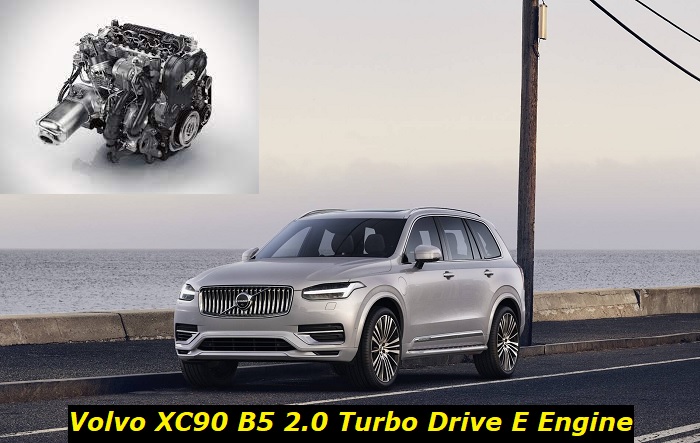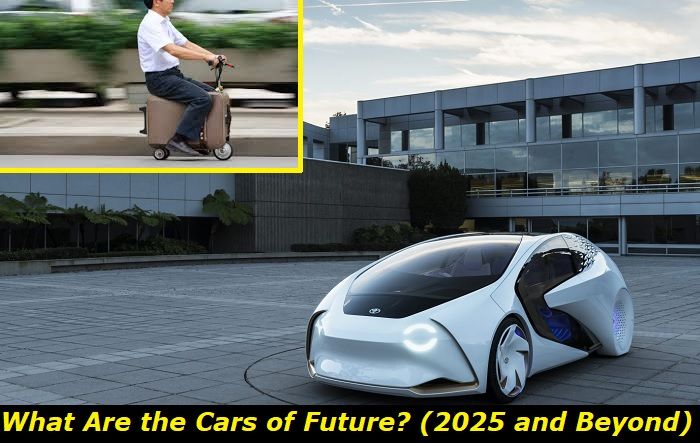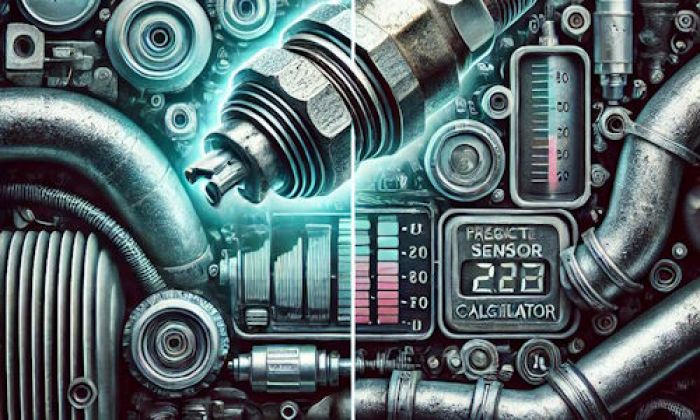I was pretty excited when the team offered to write a full article about one of the iconic Volvo engines that now powers the base version of the XC90 SUV. But my excitement didn't last long because I could barely find at least some information about this engine in forums and other sources online and needed to go to the dealerships to get at least something.
Today, I will tell you everything I managed to find about the 2.0L Turbo engine in the Volvo XC90 B5 trim covering its durability and quality. I will also look at its specs and explain to you how exactly it differs from all other engines the XC90 has to offer.

Here's what we are going to talk about:
- Key facts about the XC90 B5 turbocharged engine.
- How long will this engine live in your Volvo XC90?
- What are some of the most common problems with this engine?
- What to do to prolong the life of the Volvo XC90 engine?
Let's get started!
What do you need to know about the 2.0L Turbo engine in the XC90?
The new Volvo XC90 basically comes with three engine options. The base one is the B5 which is the 2.0L 4-cylinder engine with 247 horsepower. The B6 is the second option but basically, it's just the same engine that is tuned to have 295 horsepower. And the third option is the plug-in hybrid powerplant that offers 455 hp of power.
In this article, I will cover the 247-hp base engine but everything I'm telling you here will be also applied to the B6 engine. While the plug-in hybrid powerplant I'm going to review in a separate article after a week or two.
So, here's what you may want to know about this engine:
- the base XC90 engine is a 2-liter 4-cylinder gasoline unit with a turbocharger that offers 247 horsepower and 258 lb-ft of torque;
- this is the Drive-E series engine that may also be used in numerous hybrid powerplants offered by Volvo in different countries;
- the engine has a single turbocharger, this is basically the mild-hybrid engine with a second battery and an expanded start-stop feature;
- the engine has direct injection, and both intake and exhaust camshafts are equipped with phasers for better performance and efficiency;
- the timing system is driven by the belt that has to be replaced regularly to avoid really bad and expensive consequences;
- of course, the block and the head are made of lightweight aluminum;
- the same type of engine is now used in almost all popular vehicles made by Volvo with some adjustments in power and torque;
- the engine is equipped with the 8-speed automatic transmission just like the more powerful B6 version - a pretty good choice for this engine;
- the fuel economy is not very bright - 22 MPG in the city and about 28 MPG on highways which is a lot considering this is a mild-hybrid powerplant.
My enthusiasm about writing the article went down a bit when I saw the number of versions of Drive-E series engines that Volvo has made within the last decade. There are literally hundreds of engines that basically differ in their tuning which changes their power and torque. So, it's very hard to dig for something precious that's really worth your attention.
Now, you know about the technology of the XC90 engine. If you want the cheapest Volvo XC90 that costs about $57,000, you will inevitably get it exactly with this engine. But it feels rather good and I doubt if you choose to pay for the B6 version unless you want some better trim with brighter technologies onboard.
How long will the engine last?
The Volvo Drive-E 2.0L Turbo engine in the XC90 will last approximately 180,000 miles without any expensive repairs. This is not a lot compared to older Volvo engines that could easily go twice as much but it's still OK if you compare this estimated lifespan with the life of the average turbocharged engines in today's SUVs.
I believe the displacement could have been a little bigger to let this engine live at least 200K miles, on average. But please don't forget that we are talking about the average lifespan. It means that some careless drivers will get it to 100,000 miles only while you, after reading this article to the end, will squeeze over 250,000 miles out of this engine.
The durability depends on the quality of maintenance and the type of parts you use for this engine. If you decide to repair it in a no-name repair shop down the road in your neighborhood, be ready for black days in your life when your super technological Volvo will not start or will die in the middle of nowhere.
If you are getting a Volvo, just get ready to overpay for service and maintenance to one of the dealers. But let's talk about maintenance a little later.
What are some of the common problems with the Volvo XC90 engine?
Both B5 and B6 engines share the same problems in the Volvo XC90. The more powerful version will be more problematic due to more power in it. While the base version, which I like more, will last longer and cause fewer problems on the way. And still, I can't say this engine is problem-free.
Here's what I know for sure will bother you sooner or later:
1. Oil consumption from the very start
Volvo engines are almost all known for burning some oil. I don't think it's just because of the quality. Some technological features of these engines cause minor oil consumption from the very beginning. So, you need to control the level of oil in the engine regularly!
But if your XC90 burns more than 1 liter of oil per 1000 miles, you should take some action. This says about the problems with valve seals or piston rings that need repair.
2. Coolant pipes problems
This is hard to explain but when I asked dealership mechanics about the common problems with the 2.0L Turbo engine in the XC90, they all started with pipes. Pipes are cracking and leaking antifreeze. The coolant then may get onto some electronic modules and this will cause severe issues.
Keep an eye on the coolant level in the reservoir to avoid this situation. By the way, this is not the first European model that is prone to such issues. We remember Audi cars having exactly the same problems with bad coolant leaks.
3. Direct injection issues
I recommend cleaning the injectors and also the intake valves at least once every 40,000 miles. Injectors and valves get carbon buildup on them because of the nature of the direct injection engine. The fuel doesn't come through valves, it's sprinkled directly into the combustion chamber. Also, the injectors work in very harsh conditions and may get clogged quite quickly.
Just clean the injectors and valves regularly to avoid power loss, limp mode, and other issues because of clogged injectors.
4. Timing belt problems
The engine has been here since 2015 and we know quite a lot about its high-mileage problems. Several hundred cases of broken timing belts have been registered in Europe where this engine is super popular. So, just have the timing belt replaced along with the entire timing kit every 60,000 - 70,000 miles. This is the maximum mileage the belt can survive.
If the belt brakes or jumps, the valves risk meeting with cylinders which will destroy the engine and may even make its repair too expensive. So, engine replacement may be the only wise decision, in this case.
5. Oil leaks
You don't expect to get so many leaks from the new Volvo engine. But it's leaking all over the place and it's the bad news for you. Oil leaks are usually caused by weak seals and also head cover gasket. If you notice oil drops under your car after a night, arrange a visit to the dealership to change the leaking seal.
What should you do to prolong the life of the 2.0L Turbo engine in the XC90?
Well, first of all, you should remember that all new Volvo engines are technologically complicated. Repairing them in any other place but the dealership is not a wise idea. Independent mechanics that we've asked questions about these engines told us that they avoid taking those engines for repair or maintenance.
Also, keep an eye on the quality of parts. I find this as one more problem - parts are too long to wait for in the dealerships or car part stores. Sometimes, a certain part will need to be delivered from Europe. But you still need an OEM part to make your Volvo work properly.
You can drive these engines aggressively but there is a certain line between abuse and aggression. Abusive driving will kill this engine much faster than it reaches our estimated average lifespan of 180,000 miles.
Do I recommend this engine to you? Well, it's certainly not the most reliable Volvo engine. But yes, I still think it's a good powerplant that's worth its money. If you keep all its drawbacks in mind, you will most likely drive it for lots of years with no serious problems.
About the authors
The CarAraC research team is composed of seasoned auto mechanics and automotive industry professionals, including individuals with advanced degrees and certifications in their field. Our team members boast prestigious credentials, reflecting their extensive knowledge and skills. These qualifications include: IMI: Institute of the Motor Industry, ASE-Certified Master Automobile Technicians; Coventry University, Graduate of MA in Automotive Journalism; Politecnico di Torino, Italy, MS Automotive Engineering; Ss. Cyril and Methodius University in Skopje, Mechanical University in Skopje; TOC Automotive College; DHA Suffa University, Department of Mechanical Engineering






Add comment